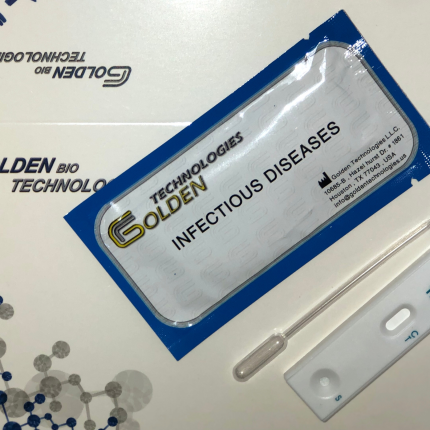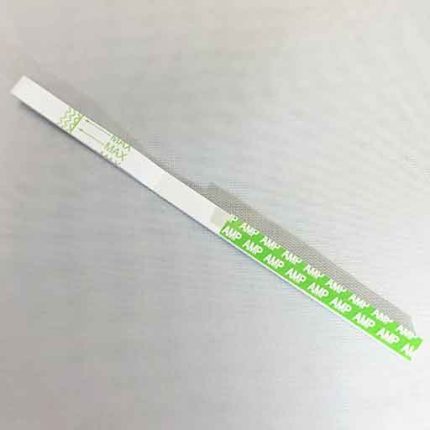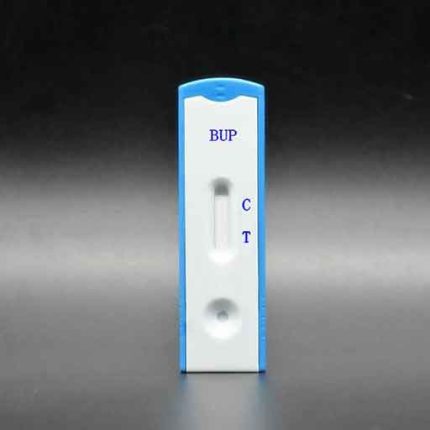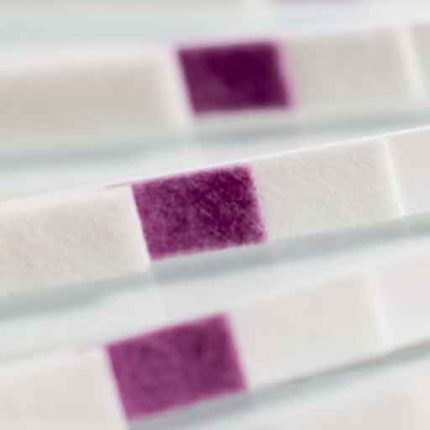Description
Home Drug Tests
Drugs are everywhere around us and most parents worry about their child becoming involved with drugs. Parents often feel they don’t know enough about drugs to help prevent their child from coming to harm.
In this section of our site, there are basic details on the most commonly used drugs to help you to become better informed.
We also offer a variety of drug tests for the most common drugs. The tests are available with different testing strips so you can choose which drugs you want to test for.
Why do young people take drugs?
Most parents do not understand why children might want to take drugs and question themselves. They usually believe that because their child is using drugs or tried drugs that they must be having problems at school or home.
There are many reasons why a child may take drugs, perhaps they enjoy the short-term effects, their friends use them, curiosity or just as a part of growing up. They want to break the rules and think it will be fun, without realising the consequences.
What are the different types of drugs available?
A drug is basically something that changes the way you think or feel. Drugs include alcohol, tobacco, caffeine and medical drugs. Drugs can be divided into the following groups:-
- Analgesics – drugs which kill pain e.g. heroin.
- Depressants – drugs which slow everything down e.g. alcohol, gases, glues and aerosols.
- Hallucinogens – drugs which act on the mind, altering the way the user sees and hears things e.g. cannabis, L.S.D. and magic mushrooms.
- Stimulants – drugs which make everything seem as if they’re going faster e.g. cocaine, crack, ecstasy, poppers, speed and tobacco.
What are some of the risks of taking drugs?
All drugs carry risks and drugs affect different people in different ways but the major risks involved with taking illegal drugs are as follows : –
- The user may never know exactly what it is they are taking. What is bought is unlikely to be pure and you can never be sure what it has been mixed with.
- You can never be sure what effect a drug might have, even if it has been taken before.
- If drugs are injected and shared around you are then at risk of catching a dangerous infection such as H.I.V. or hepatitis B and C.
- If you mix different drugs this can be very dangerous and that includes mixing alcohol with a drug.
- Women who take drugs may experience heavier periods and some women’s periods have been known to stop.
If the drug you wish to test for is not listed, then please contact us and let us know which drug you would like to test for, as we have only listed the most common drug tests.
The amount of time drugs stay in your body depends on many factors such as, the amount of the drug taken, its strength, purity, your body weight and rate of metabolism and whether you are a casual user or a long term user.
| ABBREVIATED NAME ON TEST | PROPER NAME | OTHER NAMES | APPROXIMATE DETECTABLE TIME IT REMAINS IN THE URINE AFTER USE. |
|---|---|---|---|
| AMP | Amphetamines | Speed, amph or whizz. | 2-6 days |
| BAR | Barbiturates | Depressants, Barbs, Downers | 3-8 days |
| BUP | Buprenorphine | Subutex | 3-6 days |
| BZO | Benzodiazepines | Benzos, Rohypnol or roofies | 2-14 days |
| COC | Cocaine | Coke, crack or charlie. | 2-5 days |
| MDMA | Methylenedioxy- methamphetamine |
Ecstasy or E’s | 2-6 days |
| MET | Glass, ice or meth. | 2-6 days | |
| MOP | Morphine | 2-5 days | |
| MTD | Methadone | Dolly, Red Rock | 2-8 days |
| OPI | Opiates | Heroin, smack or gear. | 2-5 days |
| PCP | Phencyclidine | Angel dust or peace pill | 3 – 8 days |
| TCA | Tricyclic Antidepressants | TCA | 6 -10 days depending on duration of drug use. |
| THC | Marijuana | Cannabis, puff, spliff or hash. | Casual use 2-14 days heavy use up to 30 days. |
The amount of time drugs stay in your body depends on many factors such as, the amount of the drug taken, its strength, purity, your body weight and rate of metabolism and whether you are a casual user or a long term user.
How to use :
When should I do the test?
This test can be carried out at any time.
To perform the test:
- Remove the test strip from the foil pouch (do not break the seal of the foil pouch until you are ready to begin the test).
- Using a plastic cup, obtain a urine sample from the individual who is being tested.
- Carefully dip the testing strip into the urine sample, ensuring that the urine does NOT go above the MAX LINE. Allow the test to absorb the urine for about 10-15 seconds.
- After 15 seconds, remove the test from the urine, lay the test strip on a clean flat surface while the test lines develop.
- You can read negative results as soon as they appear but positive results must be read at least 5 minutes after removing from the urine. All results should be read within 10 minutes, otherwise a false reading may occur.
Results
To read the results of your test you will need to do the following.
When looking at the test strip you will see a pink/red coloured line just below the test handle. This is the Control Line (C). The next line that may or may not appear below the control is called the Test Line (T).

The control line (C), has to show as this confirms that the test strip has worked properly.
If no control line appears the test strip hasn’t worked properly and you may need to do a further test.
A second pink/red coloured line below the control line, no matter how faint, should now appear. This is a negative result. If no further line appears below the control line then the individual has tested positive for that drug of abuse.
What should I do with the results?
If you obtain a negative result then the person tested has none of the tested drug of abuse in their body at this time. You may want to re-test again in a month’s time. If you obtain a positive result then a drug of abuse has been detected in the urine. You may want to do another test later, or at a further date to confirm the result.






Reviews
There are no reviews yet.